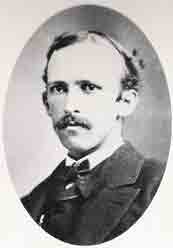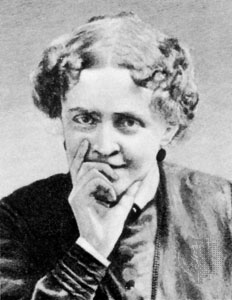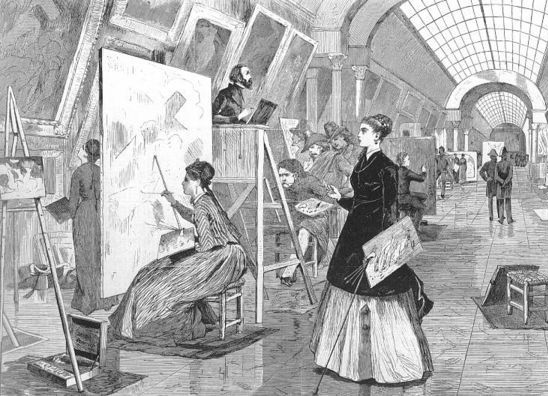
 |
Student Days |
|---|
Helena attended classes at Cooper Union in New York after the Civil War ended. She met Mary Hallock [Foote] and Maria Oakley [Dewing] there. Other classmates were Emma Beach and Kate Bloede and, later at the National Academy of Design, Abbott Handerson Thayer. Emma Beach and her father had been on the "Quaker City" (the ship in The Innocents Abroad) with Mark Twain. Twain played chess and flirted with her. Kate dropped out of art school when her mother died in 1870. She married Abbott Thayer and later Emma Beach married Thayer after Kate died. Click on the Photos here to learn more. |
|---|
|
Mary and Helena were very close and kept in contact their entire lives. She had a successful career as an illustrator and a writer, producing an enormous amount of work. She has been fictionalized in Wallace Stegner's "Angle Of Repose." |
|---|
Emma Beach much later in life after Kate's death and her marriage to Thayer. |
Kate Bloede about the time of her |
 |
Thayer's family moved to Brooklyn in 1867 and he attended the Brooklyn Art School first. When he moved on as a student to the National Academy of Design, its been recorded that he was very eager to gain the approval of his peers. He would bring his work and tape them up in the hallways of the Academy for his fellow students' praise. |
In 1871-72 Helena and Maria Oakey were members of the first life drawing class for women at the
National Academy. Helena received private instruction from Winslow Homer and both she and
Maria were tutored informally by John LaFarge in Newport. Helena wrote Mary Hallock Foote:
"Mr. LaFarge was very charming and gave us good lessons."
Portrait of Maria by her husband Thomas Dewing |
|
|---|
| Helen Hunt Jackson was a novelist who wrote a very popular book "Ramona." She introduced Helena to Richard Watson Gilder in the office of Scribner's Magazine in 1872. |  |
|---|
What Helena was like at this age: "When Biddy saw him her cheek exhibited the prettiest pleased, surprised red that he had ever observed there, though he was not unacquainted with its fluctuations, and she stood still, smiling at him with the outer dazzle in her eyes, making no motion for him to enter. She only said: "Oh, Peter!" And then: "I'm all alone." from "The Tragic Muse" by Henry James The Dormer family in the "The Tragic Muse" is loosely based on the deKay family. Nick is Charles deKay, Lady Agnes is Helena's mother and Grace, her older sister, all changed of course for literary reasons (and set in England and France- and the mother is anti-art, which is real silly). Helena's made a sculptress instead of a painter. But Henry has captured her- this is why men fell in love with her a first sight- women too. The chapter goes on (XXIX) and rounds her character out even further. |
  |

Copying Day- The Art Students League